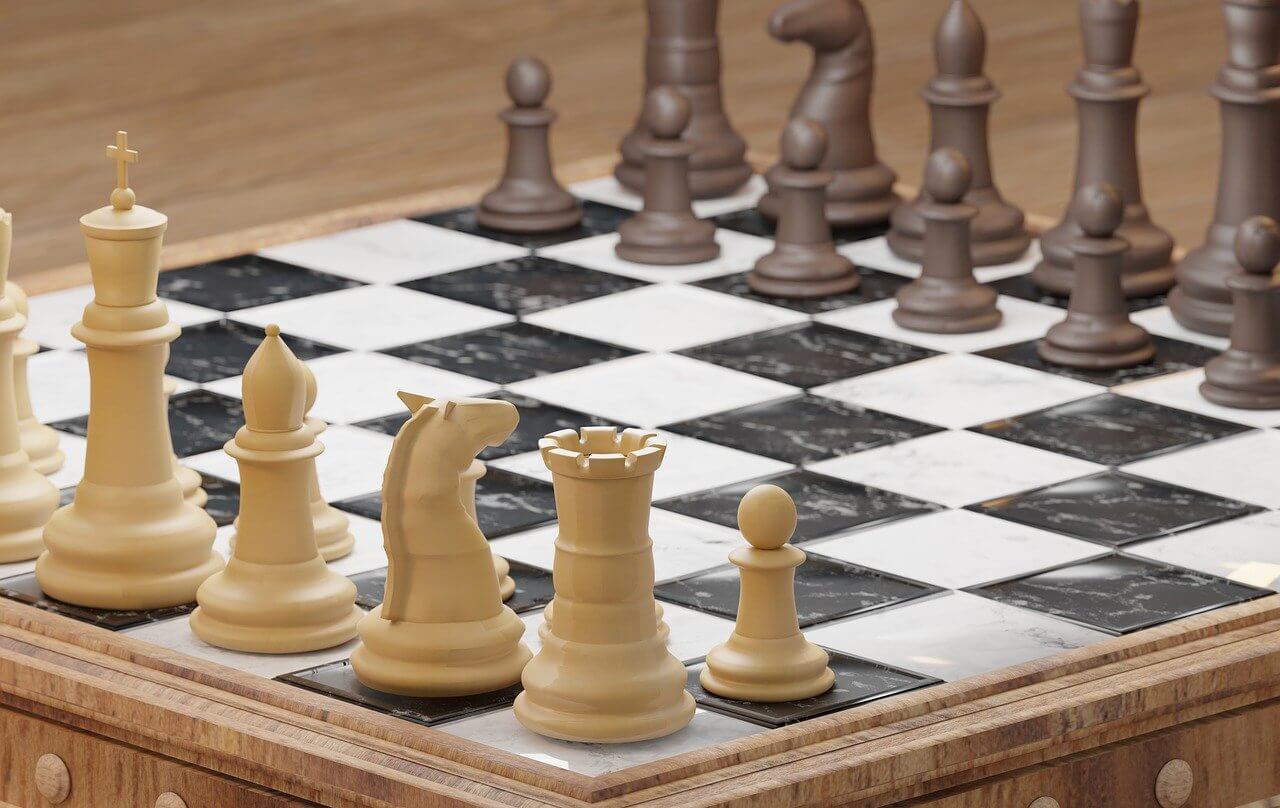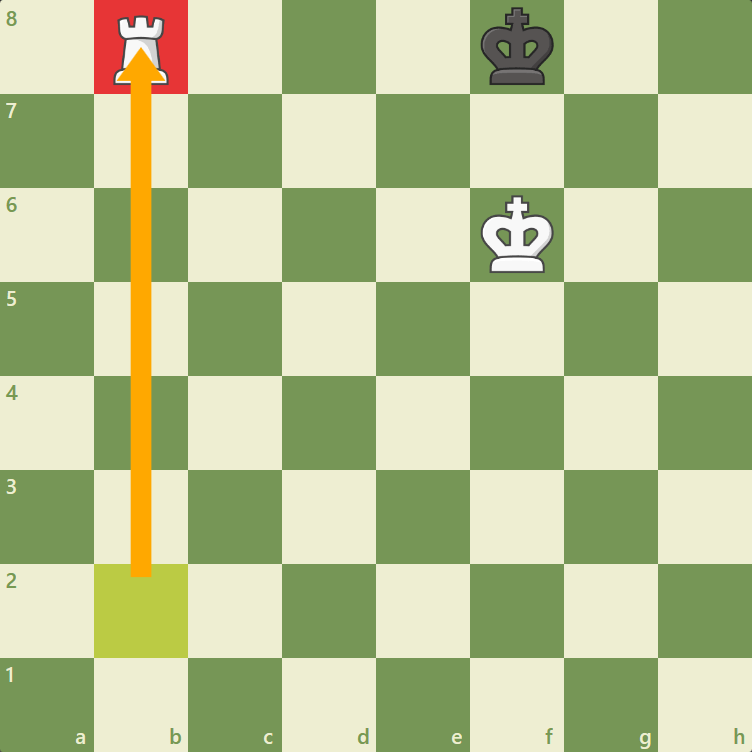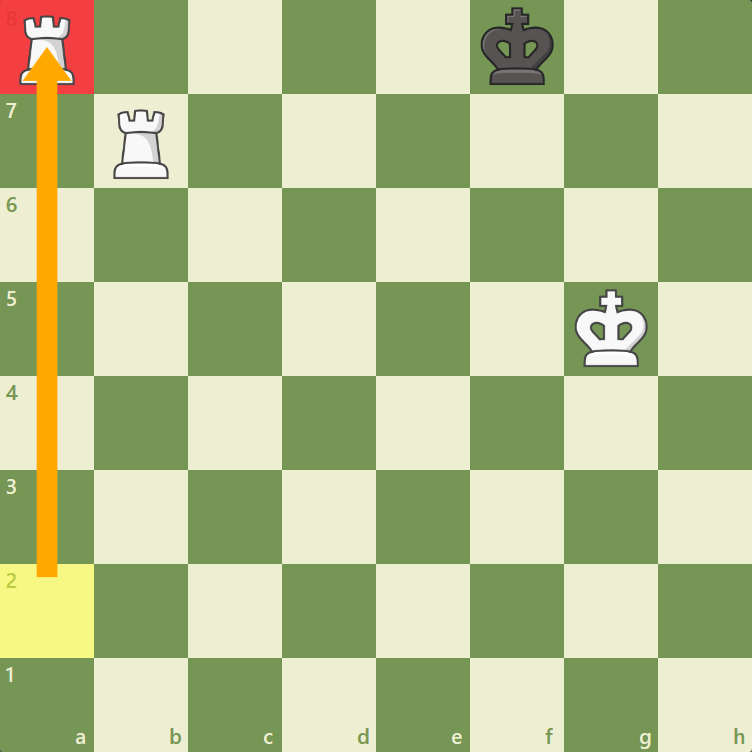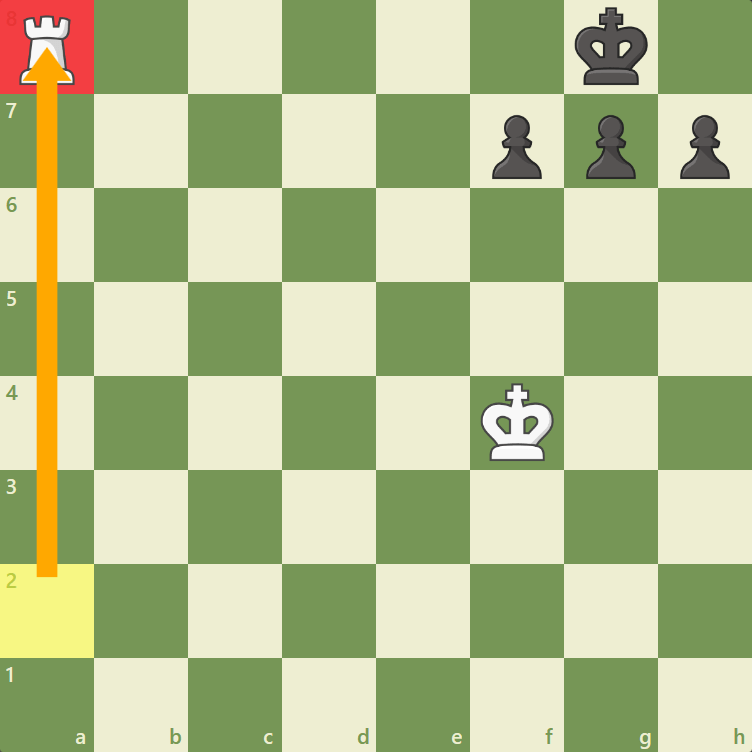No products in the cart.
Chess Rules & Instructions
Chess Rook: How To Move And Utilize Rook In Chess
On a luxury chess set, rook is the second-most potent piece. This long-range piece patrols every rank and file of the chess board, delivering powerful attacks that weaken the opponent’s structure, eventually leading to deadly checkmates. Here is all the basic information you should know about chess rook.
Table of Contents
Rook In Chess
Every side starts the game with two rooks. Rooks are placed in the corners of the chessboard to start the game: White’s are on a1 and h1, while Black’s are on a8 and h8. They are hidden behind pawns, which seal their massive power. Once rooks are released, they become real beasts in the chess games.
Like the queen, the rook is a significant piece and is worth five points. Its value is significantly higher than that of a pawn (one point), knight (three points), and bishop (also three points), but it is lower than that of a queen (nine points).
How Rook Moves In Chess
The movement of rooks is linear. As long as nothing is in their way, they can go up, down, and side to side on the board for whatever many squares you want. If a rival piece stands in their way, they are free to seize it and occupy the space. Rooks cannot jump over any other piece, they must either stop or capture it. After the queen, the rook is the second-strongest piece. It can reach all of the board’s squares and has a broad range.
When its potential movements are not constrained by pawns, the rook is especially potent as a long-range piece. Particularly constrained by their own pawns are rooks. The movement of rooks is linear. They can move across the board in any number of squares, both up and down and side to side. Rooks should be positioned on files without pawns so that nothing will obstruct their passage and they may direct their fire towards the opposing camp.
Rook Piece Strategies In Chess
Although rooks are some of the strongest pieces on the board, unlike other pieces, developing them effectively might need careful preparation. The rook may be confined for a significant portion of the opening due to its inability to move diagonally or jump over pieces. While enemy pieces cannot halt your rook, they can restrict its movement. Due of this, rook development plays a significant role in many openings.
You can link your rooks through casting. Connected rooks have an open rank between them (also known as “communicating” or “chatting” rooks). This enables them to freely help other pieces while defending one another from opposing pieces as they patrol the rank.
The endgame is where rooks are known to excel. Several fundamental endgames in chess feature rooks or rooks and pawns. These battles may be intricate affairs that frequently call for dozens of moves before checkmate can be accomplished. It may be worthwhile to select a handful of the hundreds of manuals teaching endgame tactics and examine the practice situations and difficulties you find there. You may at least get a general idea of the complexity of rook endings by studying the Philidor Defense and Lucena Positions.
How To Use Rook Effectively
Rook Castling
You can only move one piece at a time in chess, which is one of the game’s most fundamental principles. This holds true in all circumstances with the exception of one unique action, casting. This brilliant chess move is a crucial strategic weapon that assists in defending your king while also strengthening one of your rooks. Nevertheless, keep in mind that the opponent king will probably attempt to castle at some time as well.
Castling is a peculiar rule that, in a nutshell, lets your king move two squares to the right or left while the rook on that side travels to the king’s opposite side. However, the following requirements must be satisfied in order to castle with a rook and a king. The rook and the king must be separated by a number of open squares, and, more importantly, they must not have moved from their initial positions.
Based on the rook side, castling can be of two different types:
- Castling on the side of the board where the king is closest is known as “kingside castle.”
- Castling on the side of the board where the queen is closest is known as “queenside castle.”
Seventh Rank Rook
Usually, when pawns and pieces are swapped, rooks are happy. This is due to the fact that as the position becomes more open, the rook becomes stronger. A rook’s preferred location is on the seventh rank.
The seventh row on your side of the board is what it refers to. It is rank two for a black rook. Owning a “rook on the seventh” rank can take great advantages over the opponent:
- Attack unmoved pawns from the side.
- Set a trap for the king on the last row.
A pawn can occasionally be sacrificed in order to get the rook on the seventh rank.
Rook Lifts
The best way to grow your rooks is through rook lifts. Rooks are challenging, but not early in the game. Then, they are trapped in the corners with no clear exit. Typically, we build rooks by transferring them to open files without pawn blocks. They are known as open files. Using a rook lift is another approach to activate your rook. As you may already be aware, a lift means an elevator in Britain.
In a “rook lift,” the following occurs:
The pawn in front of the rook advances to the third rank after moving two squares. Similar to riding the elevator to the third story, except better! The rook then advances along the rank in search of an advantageous position to assault the rival’s pieces.
Rook Checkmates
Single Rook Mate
A single rook may checkmate with the aid of a king alone, unlike the bishop or a knight. White has just played Rb8# in the next situation. Please be aware that the white king on the f6-square prevents Black’s king from making any forward moves, while the rook prevents Black from making any advances on the ninth rank.
Double Rook Mate
A single king may be checkmated by two rooks with ease. The move White made in the ensuing situation was Ra8#. Keep in mind that the rook on b7 prevents the black king from making any more movements, while the rook on a8 prevents any moves on the eighth rank.
Back-Rank Mate
Back-rank mates are another kind of checkmate for which the rook is infamous. When checkmate is delivered on the rear rank—you got it—a back-rank mate happens! You should be aware that the pawns in front of the king prevent any forward motion, and the rook obliterates all squares on the ninth rank.










